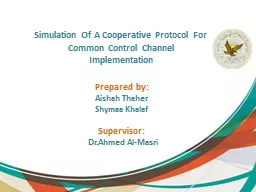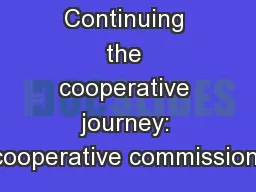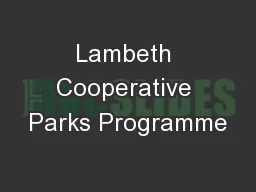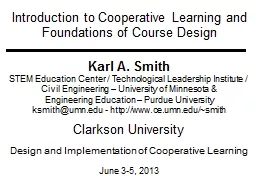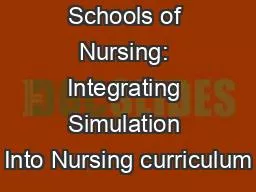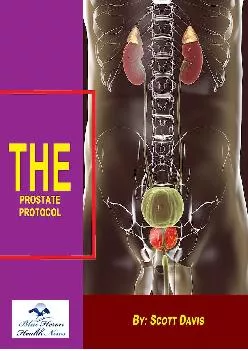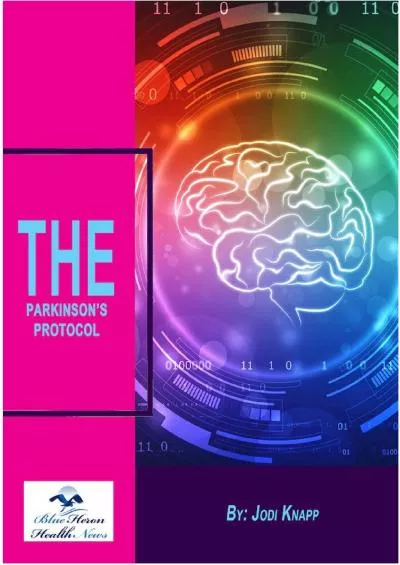PPT-Simulation Of A Cooperative Protocol For Common Control Cha
Author : tatiana-dople | Published Date : 2016-07-08
Prepared by Aishah Thaher Shymaa Khalaf Supervisor DrAhmed Al Masri Out Line What is TV White Space Spectrum Sensing Methods Cognitive channel models Network
Presentation Embed Code
Download Presentation
Download Presentation The PPT/PDF document "Simulation Of A Cooperative Protocol For..." is the property of its rightful owner. Permission is granted to download and print the materials on this website for personal, non-commercial use only, and to display it on your personal computer provided you do not modify the materials and that you retain all copyright notices contained in the materials. By downloading content from our website, you accept the terms of this agreement.
Simulation Of A Cooperative Protocol For Common Control Cha: Transcript
Download Rules Of Document
"Simulation Of A Cooperative Protocol For Common Control Cha"The content belongs to its owner. You may download and print it for personal use, without modification, and keep all copyright notices. By downloading, you agree to these terms.
Related Documents

